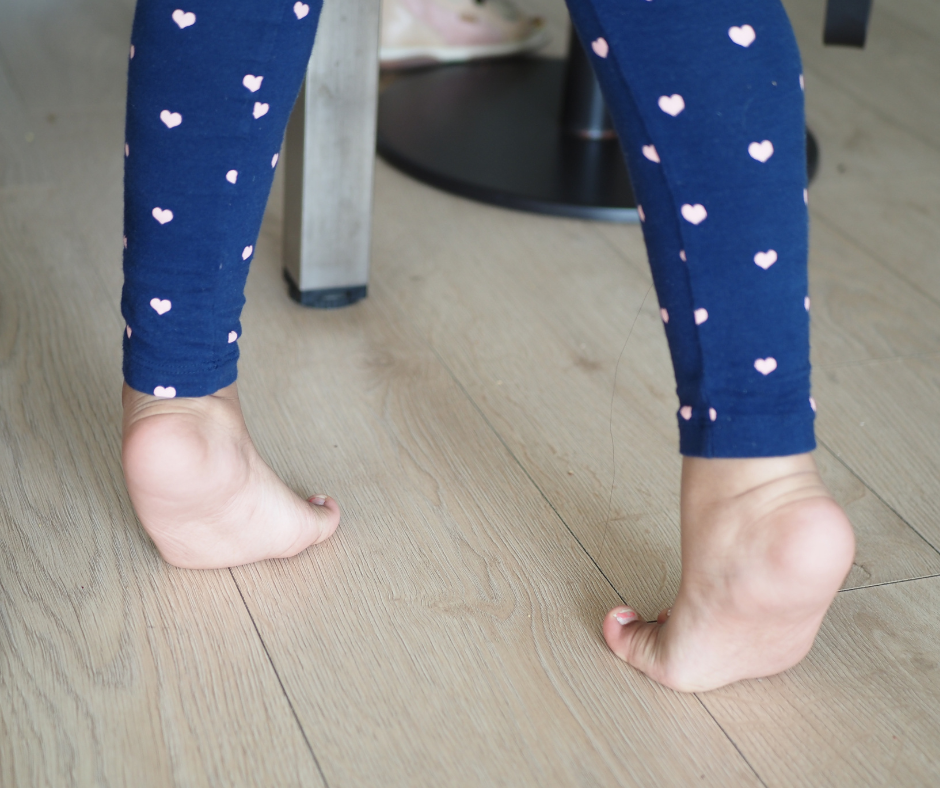
Children are still learning how to walk, and as such, it’s normal for their steps to seem a little off. We at Syracuse Podiatry call this a gait abnormality, and if you notice your child’s feet pointing inward, outward, or if they seem to be walking on their tiptoes, they might have one. While it’s natural to grow out of gait abnormalities, it’s still important to identify which one so we can rule out any underlying foot issues. In this article, we’ll explore some of the most common.
In-Toeing or “Pigeon-Toes”
In-toeing is when a child’s toes point inward while they walk or run, and it’s usually no cause for alarm. This can happen because of a slight inward twist in the front part of the foot, the shin bone, or the thigh bone.
But the good news is that for most children, these twists will naturally correct themselves as their bones and muscles develop. You should, however, chat with a podiatrist if you notice it’s severe, affects only one leg, or if your child is tripping or limping because of it.
Out-Toeing or “Duck-Feet”
Out-toeing, or being “duck-footed,” is the opposite: where the feet turn outward. This is also frequently seen in young children, and just like in-toeing, it often resolves on its own.
It’s typically caused by a slight outward twist in the shin or thigh bone, and sometimes it can be related to a child’s hips having a lot of flexibility. While it’s less likely to cause tripping, it’s still worth mentioning to a doctor if it’s very pronounced or if your child seems to have any discomfort.
Toe Walking
Toe walking means walking on the balls of the feet without the heels touching the ground, and many toddlers do this when they first learn to walk. For most kids, this is just a phase or a habit, and they naturally grow out of it by the age of three to five.
But, if it persists past that age, and your child cannot stand with their heels flat, it can be a sign of an Achilles tendon issue or neurological conditions, so consulting with a podiatrist is your best bet.
Limping
A limping gait in a child is almost always a sign of pain, and it’s important to take it seriously. It could be from something minor like a blister, a splinter, or a simple bruise, but it could also be a sign of a sprain, a fracture, or something more complex like juvenile arthritis. If a child’s limp doesn’t resolve within a day or if there is no obvious reason for it, we would love to help with an evaluation.
For advice related to any podiatric concerns you’re facing, the expert team at Syracuse Podiatry is here to help guide you. Contact us today so Dr. Ryan L. D’Amico, Dr. Donal M. Erickson, Dr. Keith Sherman, and Dr. Nicholas Cronin can elevate your foot health and help your feet feel their best.
